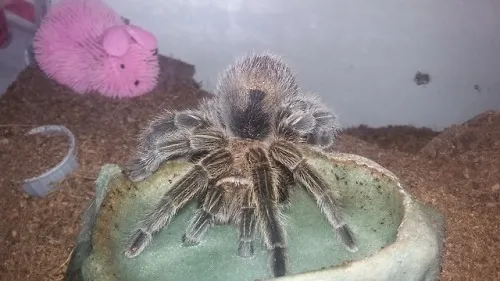The Importance of Hydration for Tarantulas
Hydration is absolutely critical for the health and well-being of a tarantula. Just like any other living creature, tarantulas require water to survive and thrive. Proper hydration affects their molting process, energy levels, and overall lifespan. A dehydrated tarantula is a vulnerable tarantula, susceptible to health issues and a significantly reduced quality of life. Providing consistent access to fresh water is one of the most fundamental aspects of tarantula care, and understanding the ‘why’ behind this need is the first step to responsible pet ownership.
Why Tarantulas Need Water
Tarantulas, like all arachnids, have an exoskeleton that doesn’t expand. Water helps them maintain internal pressure, essential for movement and bodily functions. Water facilitates the molting process, allowing them to shed their old exoskeleton and grow a new one. Dehydration can make molting extremely difficult and even fatal. Water also aids in nutrient transport and waste removal within their bodies. Without sufficient water, a tarantula’s bodily functions begin to shut down, leading to weakness, lethargy, and eventually, death. A hydrated tarantula is a healthy and active tarantula.
Understanding Tarantula Physiology and Water
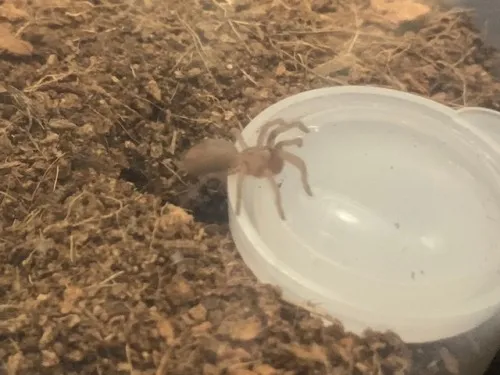
Tarantulas absorb water primarily through their mouthparts. They drink by positioning themselves near a water source and using their chelicerae (fangs) and pedipalps to consume water. Unlike mammals, they don’t have a dedicated ‘drinking’ behavior; they simply access water when needed. Their bodies are designed to conserve water, which is why they are well-suited to arid environments. However, captivity necessitates our role in providing adequate hydration. The abdomen of a tarantula is where much of the water is stored, making it critical to observe their overall appearance as an indicator of their hydration status.
Top 7 Facts About Tarantula Hydration
Fact 1 Water Sources and Preferences
Tarantulas typically drink from water bowls. They also may drink from droplets on the sides of their enclosure, especially after misting. While some tarantulas will readily drink from a small water dish, others might prefer a more accessible source. Ensure the water source is shallow enough to prevent drowning, especially for smaller specimens. Provide fresh, clean water regularly to encourage them to drink. Some keepers also offer pre-killed insects that have been soaked in water, although this is not a primary source of hydration.
Fact 2 How Much Water Do Tarantulas Drink
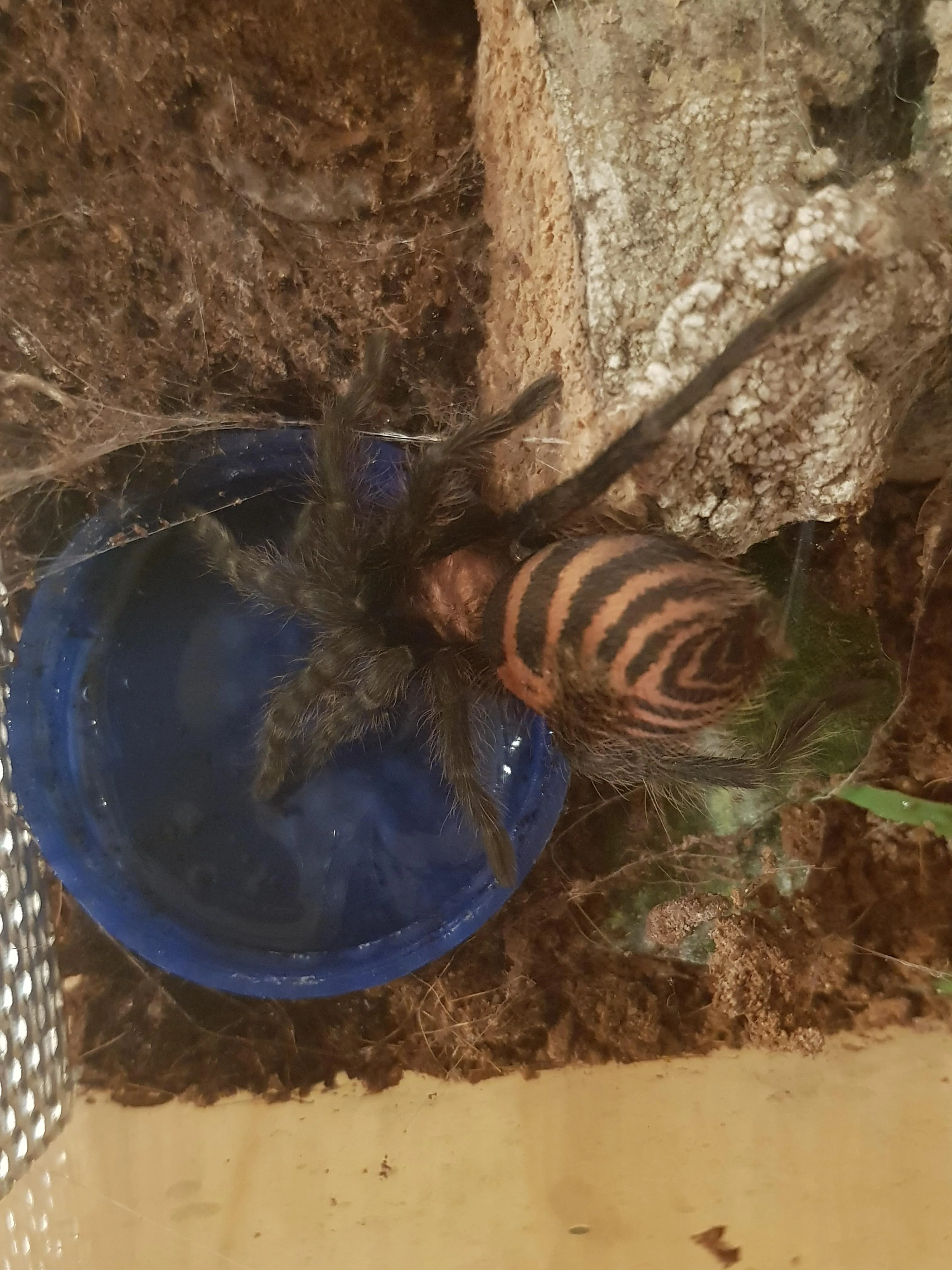
The amount of water a tarantula drinks varies depending on its size, species, and the environmental conditions. Larger tarantulas, like those in the Theraphosa genus, will naturally drink more than smaller species. The humidity of their enclosure plays a significant role; higher humidity reduces their need for external water intake. As a general guideline, ensure the water bowl is always full. Observe your tarantula’s behavior to gauge its hydration needs. If the water bowl is constantly emptied, it suggests that the tarantula is drinking a considerable amount.
Fact 3 Recognizing Dehydration in Tarantulas
Recognizing the signs of dehydration is crucial. A dehydrated tarantula will often appear sluggish and may have a wrinkled abdomen. The abdomen may also look smaller than usual. The tarantula might refuse food, or it may exhibit tremors or difficulty moving. If you notice any of these signs, immediately ensure the tarantula has access to fresh water. In severe cases, a vet visit may be necessary, but prompt action to provide water is usually the first and best approach to address dehydration. Be vigilant in observing your tarantula’s behavior and appearance.
Fact 4 The Role of Humidity
Humidity plays a vital role in tarantula hydration. It affects how much water the tarantula loses through its exoskeleton. Higher humidity reduces the need for external water intake. The ideal humidity level varies by species; tropical species require higher humidity than desert species. Monitor the humidity levels in your tarantula’s enclosure using a hygrometer. Adjust the ventilation and misting frequency to maintain the correct humidity range. Misting the enclosure, but not directly on the tarantula, can help increase humidity and encourage drinking. Make sure that the enclosure is properly ventilated to prevent mold.
Fact 5 Water Bowl vs Spraying
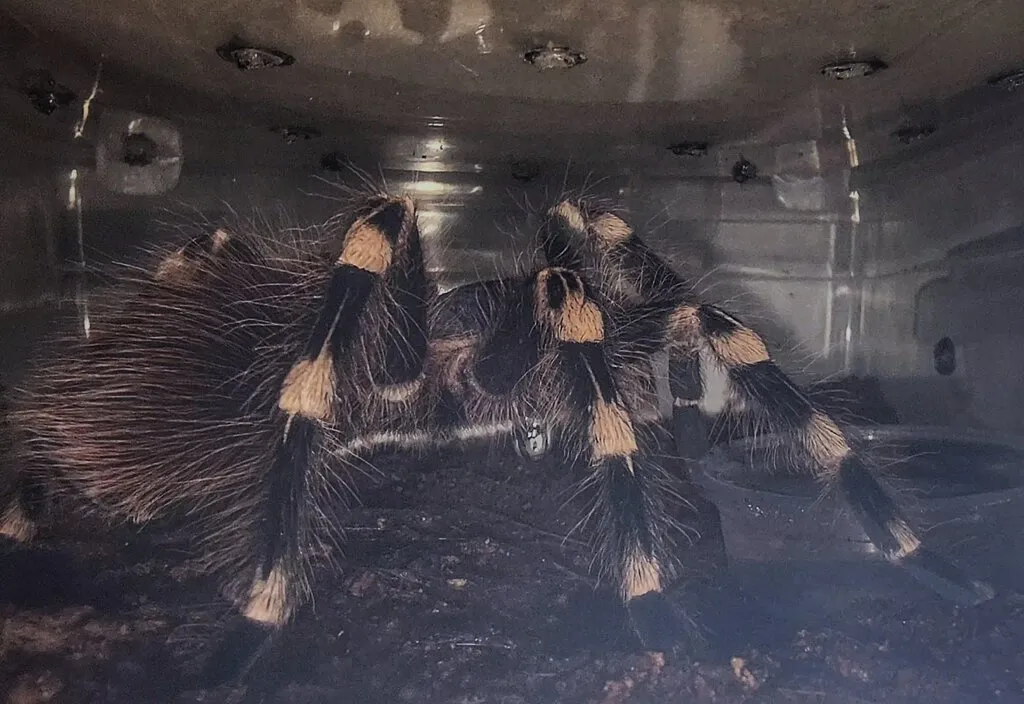
The water bowl is the primary and most reliable method for providing water. Spraying or misting the enclosure is often used to boost humidity, but it should not replace the water bowl. Some keepers lightly spray the enclosure walls or substrate, allowing the tarantula to drink from the droplets. Direct spraying of the tarantula is generally discouraged, as it can stress the animal. Always ensure the water bowl is accessible, as the primary water source, before considering spraying. Also make sure the water is clean.
Fact 6 Water Quality and Safety
Always use clean, fresh water for your tarantula. Tap water may contain chlorine or other chemicals that can be harmful. It’s best to use bottled water or dechlorinated tap water. Regularly clean the water bowl to prevent the buildup of bacteria and algae. Replace the water frequently, ideally every day or two. A dirty water source can lead to infections or other health problems. Choosing the right water is a critical step in tarantula care. Make sure your choice is safe for your pet.
Fact 7 Maintaining Proper Hydration
Maintaining proper hydration is an ongoing process. Regularly check the water bowl and refill it as needed. Monitor humidity levels and adjust the enclosure setup accordingly. Observe your tarantula’s behavior and appearance for signs of dehydration or overhydration. Adjust your care routine based on your tarantula’s specific needs and the environmental conditions. Provide a balanced diet, as this contributes to overall health and hydration. Consistent care is essential for the longevity and well-being of your tarantula. Remember that a healthy tarantula is a well-hydrated tarantula.
Providing the Right Water Bowl
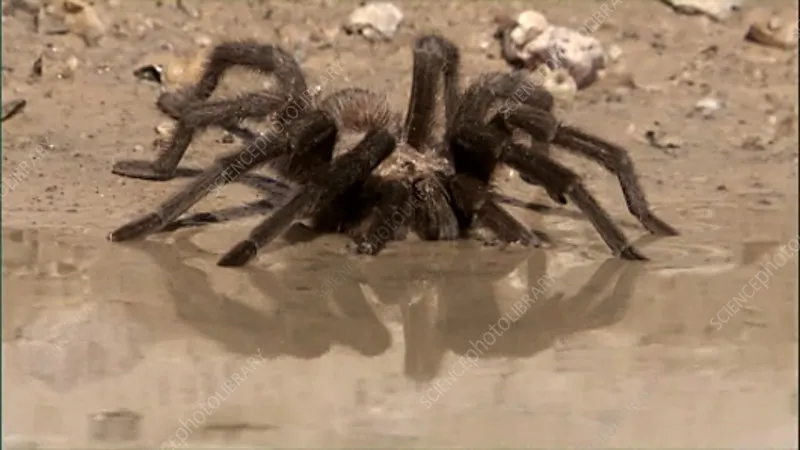
Selecting the appropriate water bowl is crucial for tarantula care. The bowl should be shallow enough to prevent drowning, particularly for smaller species. It should also be stable, so it doesn’t tip over easily. Choose a size that matches your tarantula’s size; a water bowl that’s too large can take up valuable space in the enclosure. Consider the material of the water bowl, as some materials are easier to clean than others.
Best Water Bowl Materials
Glass or ceramic water bowls are excellent choices because they are easy to clean and non-porous. Plastic bowls are also an option, but they may be more prone to harboring bacteria if not cleaned frequently. Avoid bowls made of materials that could leach chemicals into the water. Always prioritize safety and ease of cleaning when selecting a water bowl. The right water bowl can make a big difference in the tarantula’s hydration.
Watering Frequency and Techniques
The frequency of watering depends on factors like the tarantula’s species, size, and the environmental conditions. Most keepers refill the water bowl every one to two days. Some keepers mist the enclosure lightly to boost humidity, but the primary source of water should always be the water bowl. Avoid over-misting, as this can lead to mold growth. The goal is to maintain a balance between sufficient hydration and a healthy enclosure environment.
Monitoring and Adjusting Hydration
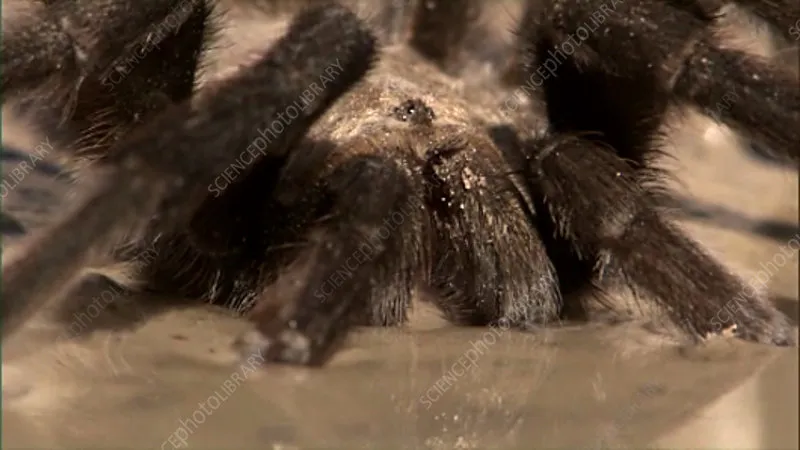
Regular monitoring is essential for ensuring your tarantula stays properly hydrated. Observe the tarantula’s abdomen size and behavior. Watch for signs of dehydration, such as a wrinkled abdomen or lethargy. Adjust your watering and humidity levels as needed. If you notice any health issues, consult a veterinarian or experienced tarantula keeper. Always be proactive in providing the best possible care. Adapting your approach based on observation helps to guarantee a longer, healthier life for your tarantula.
